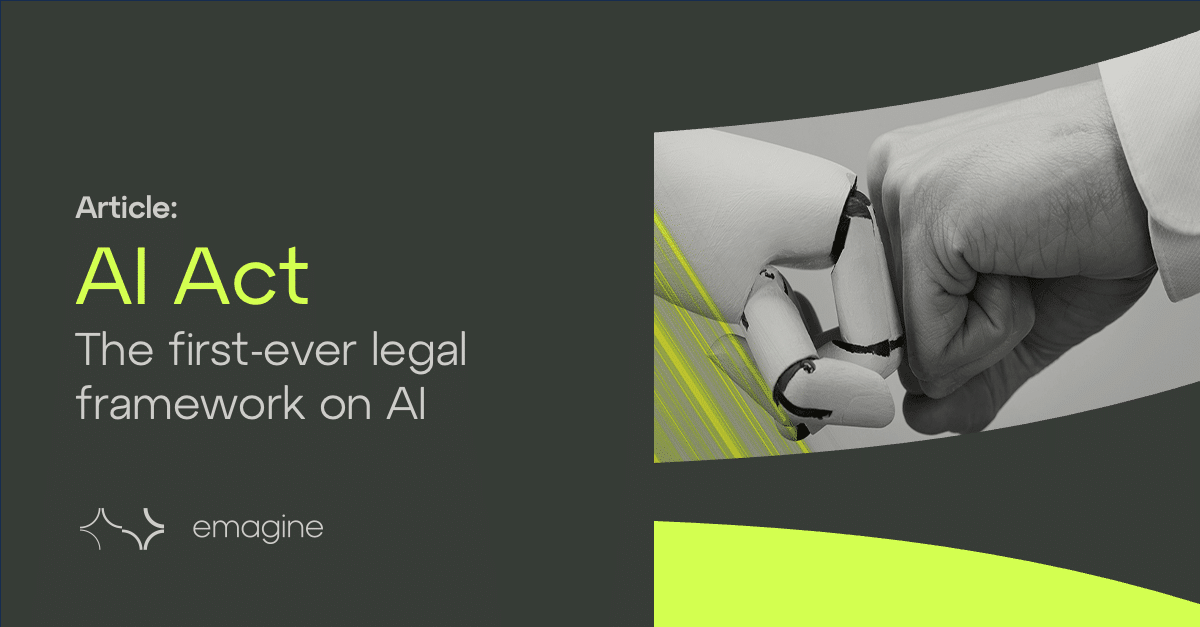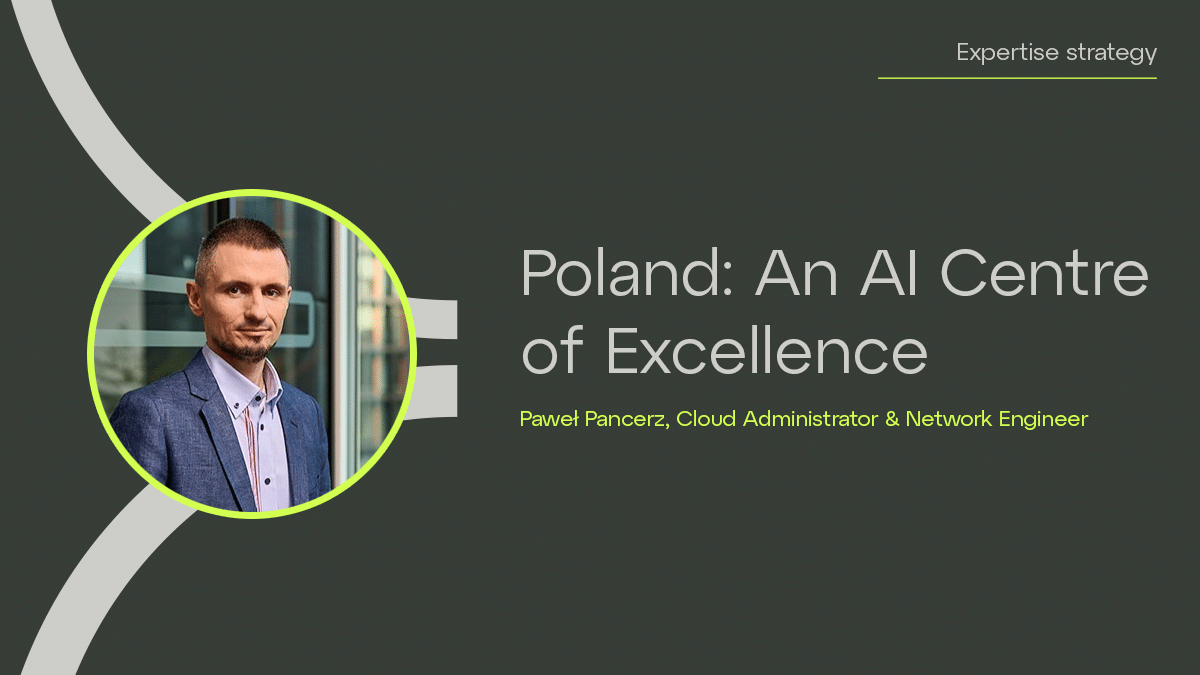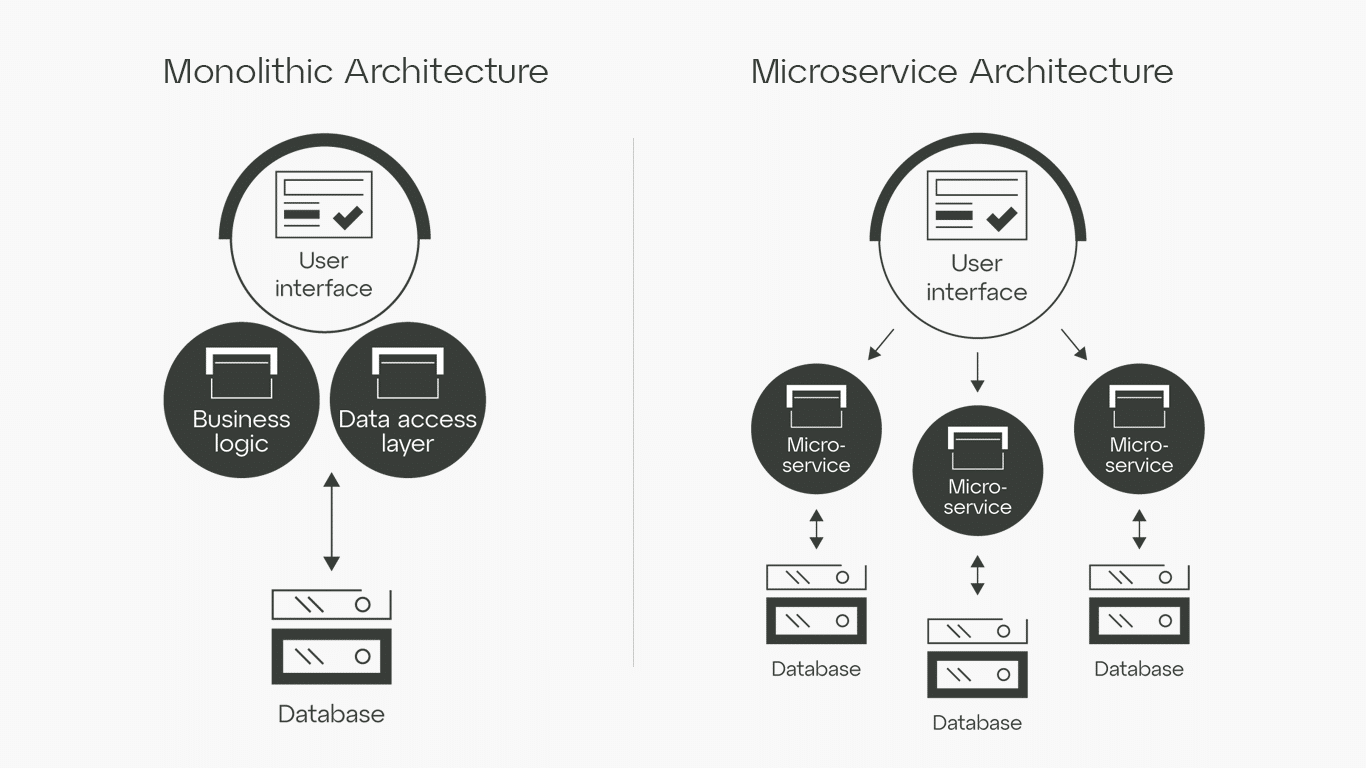AI-driven mobile payment platforms, like M-Pesa in Kenya, and Ally Financial allow users to send and receive money, pay bills, and access credit, all through their smartphones. These platforms leverage AI to assess creditworthiness, process payments, and detect fraud in real-time, creating a secure and efficient financial ecosystem.
Read more about Ally Financial here.
Additionally, AI-powered credit scoring models are helping to bring financial services to individuals who have traditionally been excluded from the financial system due to a lack of formal credit history. This has particularly impacted individuals in low-income or rural areas.
AI can use alternative data sources, such as mobile phone usage patterns, utility bill payments, and even social media activity, to build more accurate credit profiles. This enables lenders to extend credit to underserved populations, helping them access the financial products they need to grow their businesses or improve their livelihoods.
The Future of AI in Finance
Looking ahead, we can expect further automation in banking services, more personalised financial products, and greater accessibility to capital.
However, this rapid advancement also brings challenges, including concerns about data privacy, cybersecurity, and job displacement in traditional financial roles. A significant part of successfully harnessing AI and producing positive results in this sector will lie in handling the relationship between humans and AI and understanding the vital role that people play. Whilst AI can process vast amounts of data in seconds, humans provide the context, creativity and the moral compass.





















































